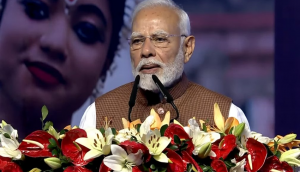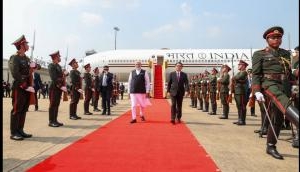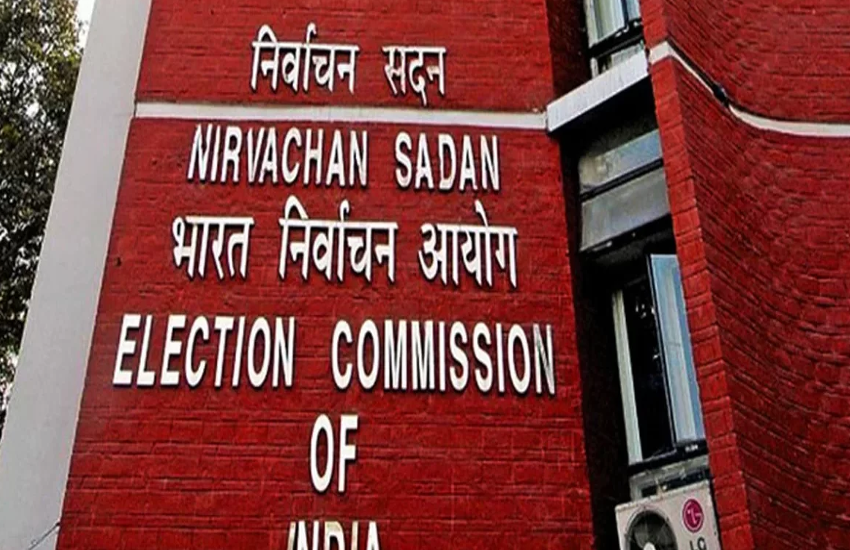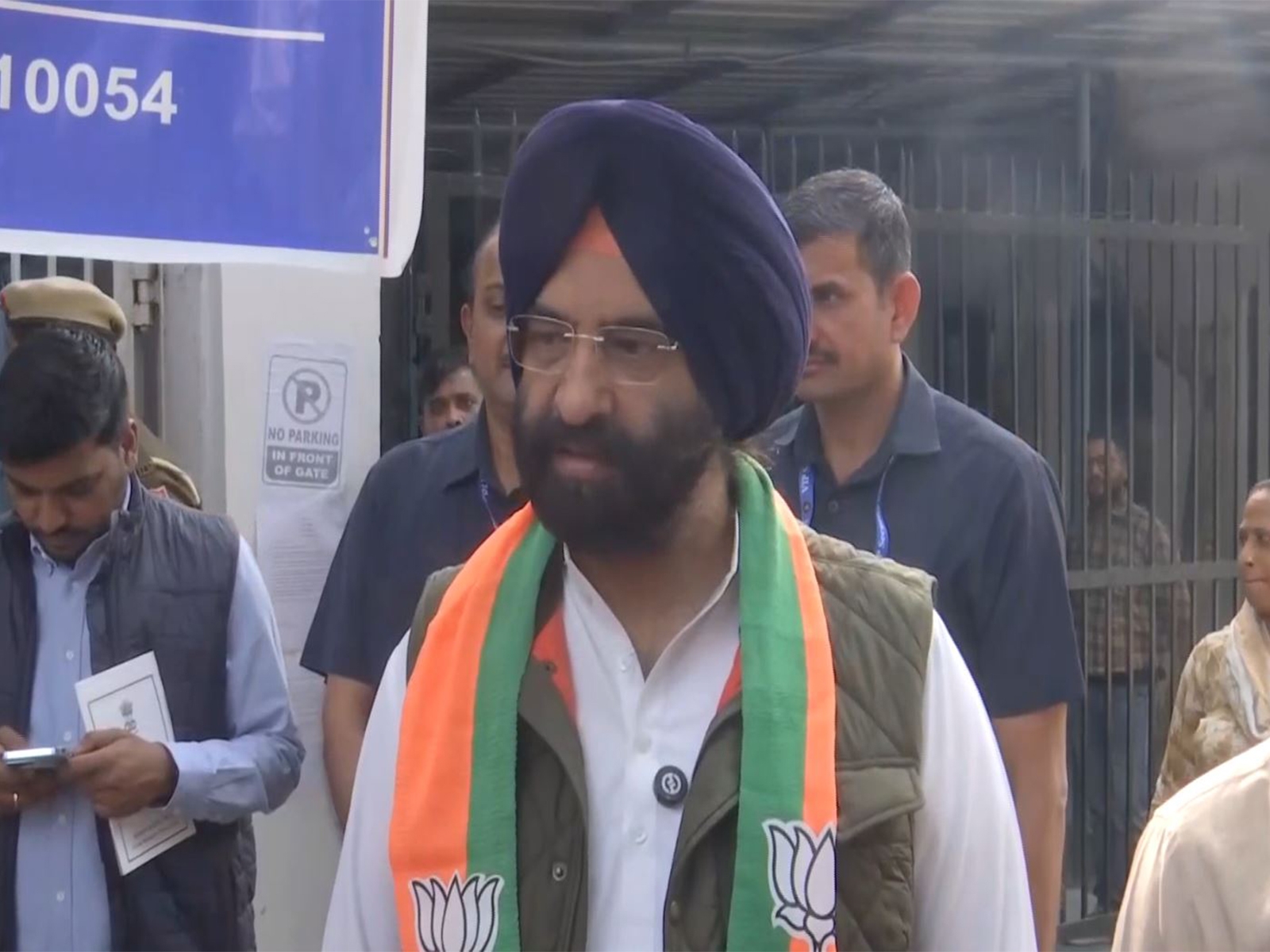23% more attacks, 150% rise in civilian deaths: is the Northeast insurgency back?

For the better part of independent India's existence, the Northeast has been in the throes of multiple, and often competing, insurgencies.
Fuelled by a range of grievances and demands, from secession to statehood to autonomy to tribal disputes, armed groups sprung up by the score.
To fight them, the Indian state sent in the military and the paramilitary, virtually clothed in immunity by the draconian Armed Forces Special Forces Act, or AFSPA, which was passed by the Parliament in 1958.
As was feared, decades of mayhem ensued, of killings, rape, torture, extortion, human rights violations, by both the militants and the security forces. It isn't over yet, as events in the past month or so testify.
First, the Naga outfit NSCN-K mounted an audacious attack on the army in Manipur, killing 18 personnel and injuring about a dozen others, inviting a retaliatory strike on its camps across the border in Myanmar.
Then, the police killed a student in the same state last week, igniting violent protests. The state imposed a curfew to curb the protests, but they refuse to die down.
Such incidents are, however, seen more as aberrations in the general climate of calm.
Over the past decade or so, as many rebel groups surrendered, disintegrated, or entered negotiations with the government, the insurgency was supposed to have finally waned. To such a point, in fact, that a month ago, Tripura revoked the AFSPA after 18 years.
Is this assumption correct? In sheer numbers, the answer is no, at least as far as the recent past is concerned.
Statistics, in fact, show that militant violence in the Northeast has increased.
More militants were killed and fewer surrendered in 2014 than the year before. And more disturbingly, civilian deaths more than doubled.
- That's the number of major militant groups active in the Northeastern states where AFSPA is in force
- Significantly, each one of these groups was founded after AFSPA came into existence in 1958
- The number of militant attacks in the Northeast between 2007 and 2014
- Over this period, however, the attacks declined by more than half, from 1,459 incidents in 2007 to 640 incidents last year
- The number of militant attacks in the Northeast in 2014, according to the Union home ministry
- This translates to an average of 2 attacks daily
- Manipur accounted for 43% of all attacks in 2014. It witnessed 640 attacks compared to 608 in 2013, a rise of 5%
- The rise in militant attacks in Manipur in a year, from 225 incidents in 2013 to 278 in 2014
- In Assam, the attacks increased by 17% while it Nagaland, the incidence halved
- The total number of militants killed by the security forces in the Northeast in 2014
- This means, on average, 12 militants were killed every month
- In all, 2,388 militants were killed in the region between 2007 and 2014. The annual body count, however, is down by 70%, from around 494 in 2007 to 146 last year
- The increase in the number of militants killed last year, from 117 in 2013 to 146 in 2014
- In Assam, the increase was nearly 100%, from 52 in 2013 to 102 last year. No militant was, however, killed in Tripura in these two years
- The average number of militants who surrendered daily in 2014
- In all, 229 militants surrendered in 2014, down by nearly 50% from the previous year, when 430 rebels gave themselves up
- Since 2007, nearly 12,000 militants have surrendered in the Northeast. Assam accounts for the most with 3,856
- The number of security personnel killed fighting militancy since 2007, which means, on average, one personnel was killed every month.
- The number of killings, however, has come down by more than 80% over this period, from 78 in 2007 to 14 in 2014
- This year though, 18 armymen have already been killed in just one attack
- The rise in civilian deaths in militancy-related incidents last year, from 75 in 2013 to 188 in 2014
- In all, 1,684 civilians have been killed between 2007 and 2014, or 17 every month
rupees
- The amount spent by the central government on security, including on modernisation of police forces, between 2007-14
- Is this flare up in the militancy over the past year and a half a temporary blip or the beginning of a trend?
- Ved Marwah, former governor of Manipur and Mizoram and former director of the National Security Guard believes it's cause for worry
- "Reduction in militancy between 2007 and 2014 was temporary. The numbers declined due to a certain amount of fatigue among militant groups, the effectiveness of security forces as well as the fact that the nexus between local political parties and militants was no longer beneficial," he says. "Militancy can flare up again"






![BJP's Kapil Mishra recreates Shankar Mahadevan’s ‘Breathless’ song to highlight Delhi pollution [WATCH] BJP's Kapil Mishra recreates Shankar Mahadevan’s ‘Breathless’ song to highlight Delhi pollution [WATCH]](https://images.catchnews.com/upload/2022/11/03/kapil-mishra_240884_300x172.png)

![Anupam Kher shares pictures of his toned body on 67th birthday [MUST SEE] Anupam Kher shares pictures of his toned body on 67th birthday [MUST SEE]](https://images.catchnews.com/upload/2022/03/07/Anupam_kher_231145_300x172.jpg)






